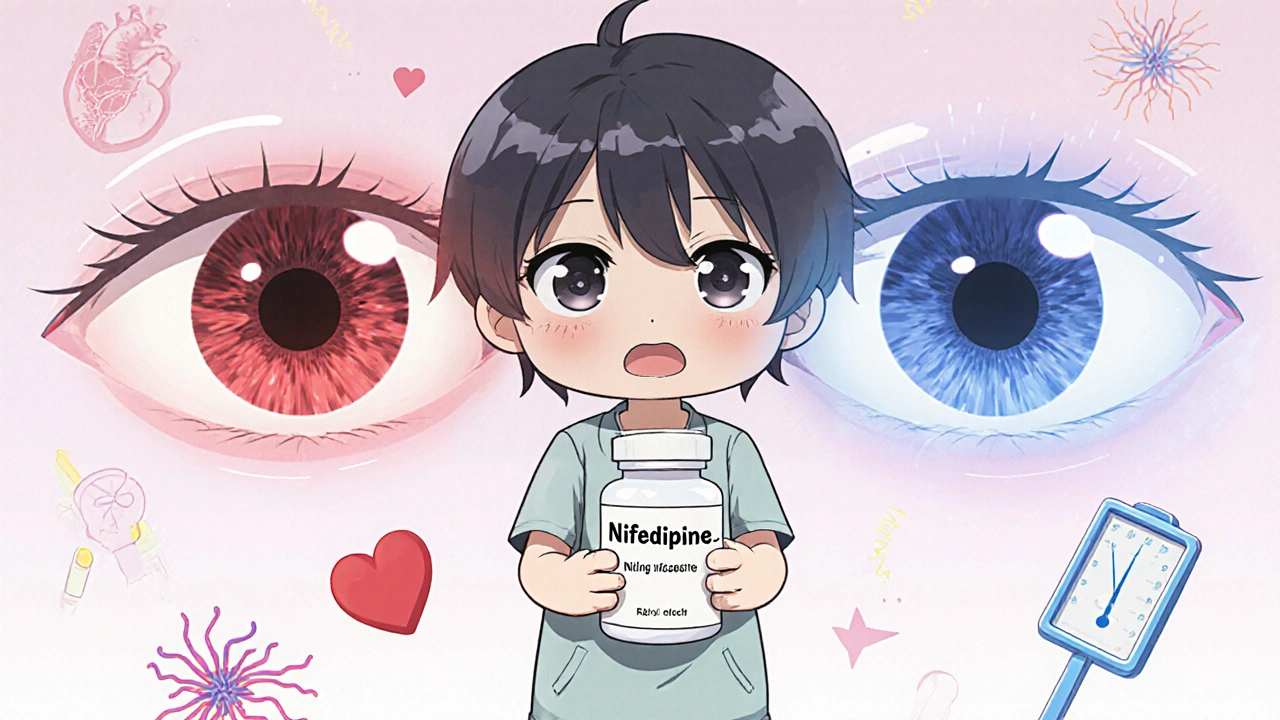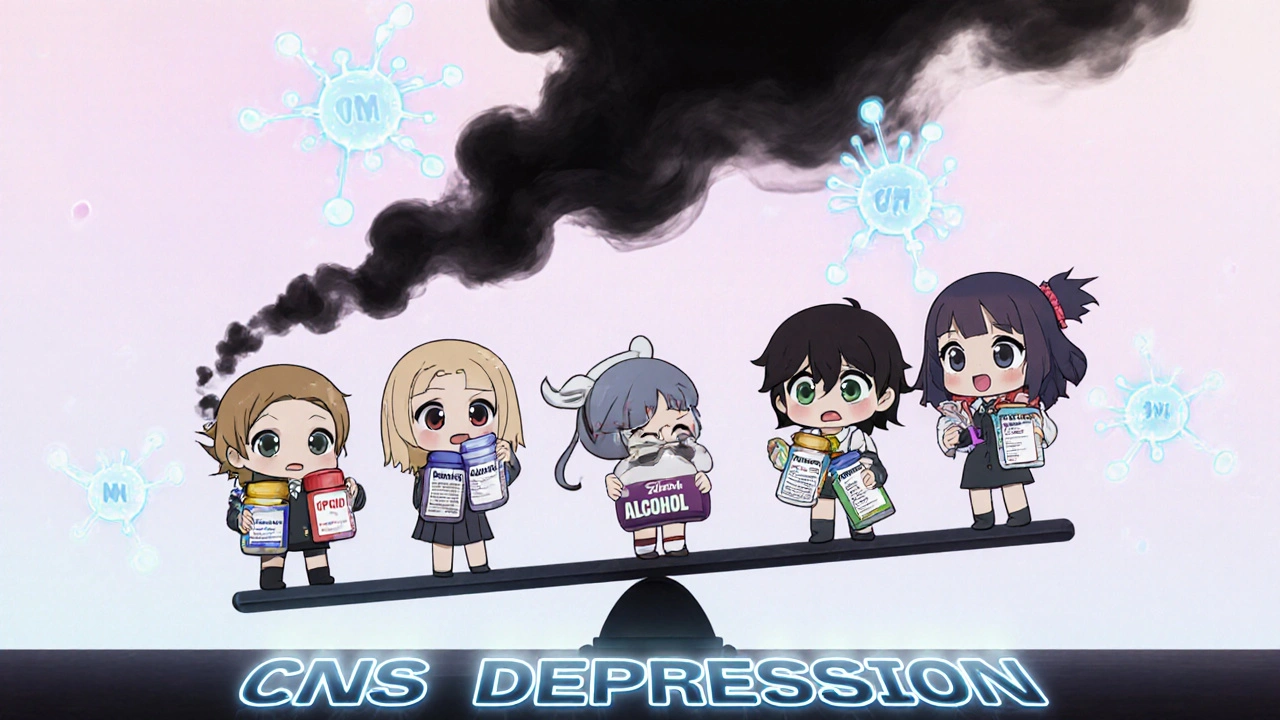Eye Pressure: What It Means, Why It Matters, and What You Can Do
When doctors talk about eye pressure, the force exerted by fluid inside the eye that helps maintain its shape and function. Also known as intraocular pressure, it’s not something you feel—until it’s too late. Most people have no idea their eye pressure is high until they lose peripheral vision, and by then, the damage is often permanent. That’s why regular checks aren’t optional—they’re your first line of defense.
High eye pressure is the biggest risk factor for glaucoma, a group of eye diseases that destroy the optic nerve, usually due to fluid buildup in the eye. But not everyone with high pressure gets glaucoma, and some people with normal pressure still develop it. That’s why it’s not just about the number—it’s about how your eye responds over time. Your optic nerve, the cable that sends visual signals to your brain, is incredibly sensitive. Even a small, steady increase in pressure can slowly crush its fibers, starting with your side vision. You won’t notice it until you’re missing things in your peripheral view—like a car pulling out, a step you didn’t see, or a face you’re trying to recognize.
What raises eye pressure? Genetics play a big role—if your parents had glaucoma, you’re at higher risk. Age matters too; after 60, your risk doubles. Other factors include diabetes, high blood pressure, long-term steroid use, and being nearsighted. But here’s the thing: you can’t fix it with diet or eye exercises. There’s no magic supplement or yoga pose that lowers eye pressure. What works are proven medical steps: pressure-lowering eye drops, laser treatments, or in some cases, surgery. And the only way to catch it early is through a simple, painless test your eye doctor does in minutes.
Some people think if they see fine, their eyes are fine. That’s a dangerous myth. Glaucoma doesn’t hurt. It doesn’t blur your vision until it’s advanced. That’s why routine eye exams aren’t just for reading glasses or cataracts—they’re life-changing checks for something you can’t feel. If you’re over 40, or have a family history, get checked every year. If you’re younger but have risk factors, don’t wait. Your eyes don’t send warning signs. You have to be the one to act.
The posts below give you real, no-fluff details on how eye pressure connects to other health issues—from medications that can raise it, to how conditions like diabetes and high blood pressure play into it. You’ll find clear comparisons of treatments, what to ask your doctor, and what steps actually make a difference. No hype. No guesswork. Just what you need to know to protect your vision before it’s too late.


